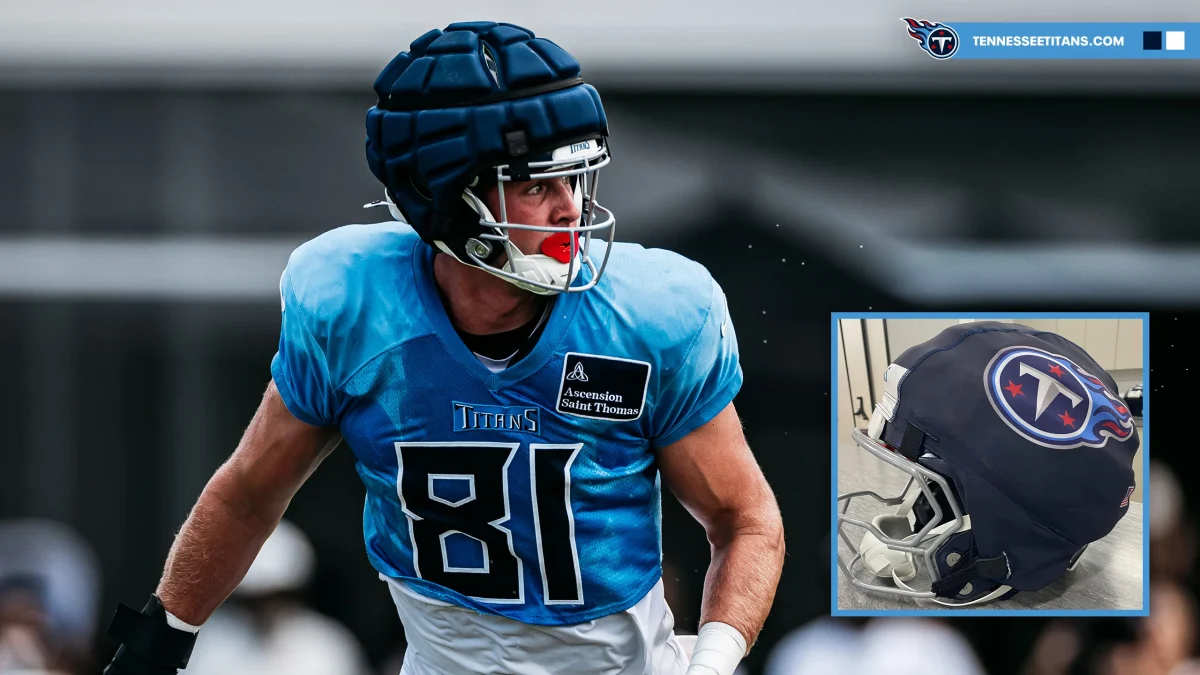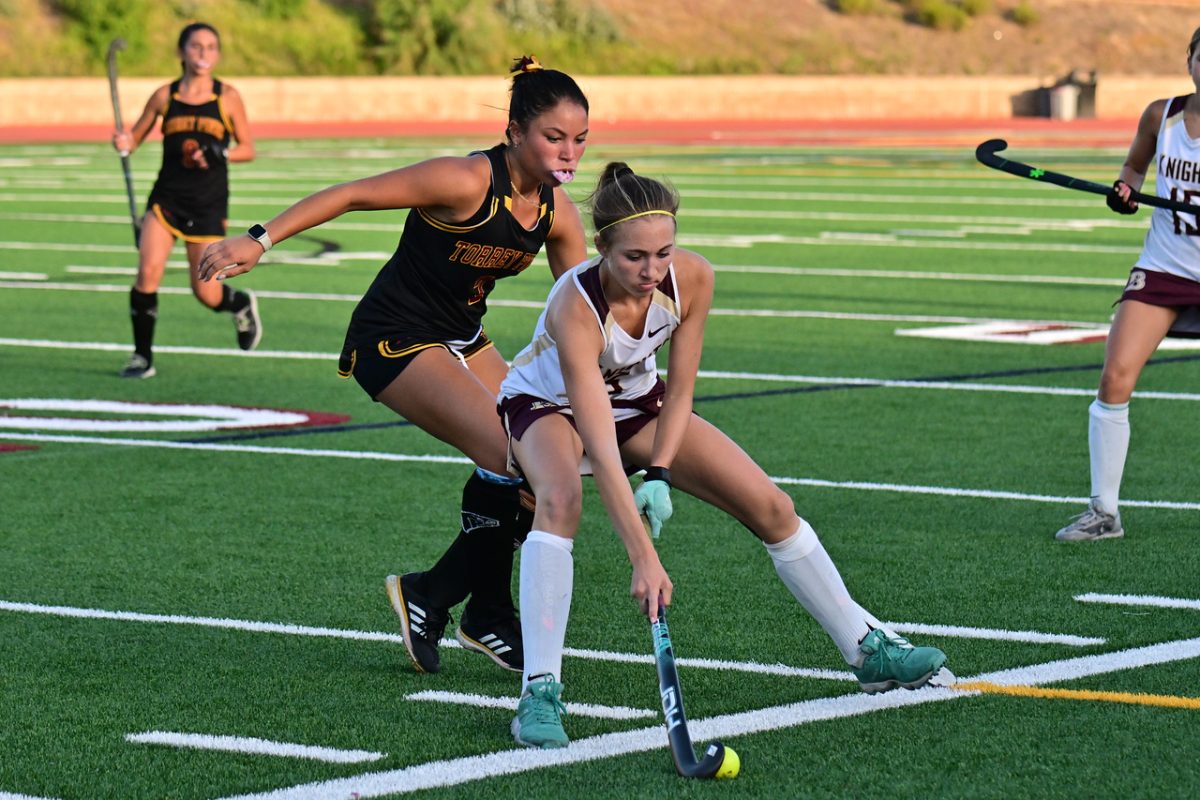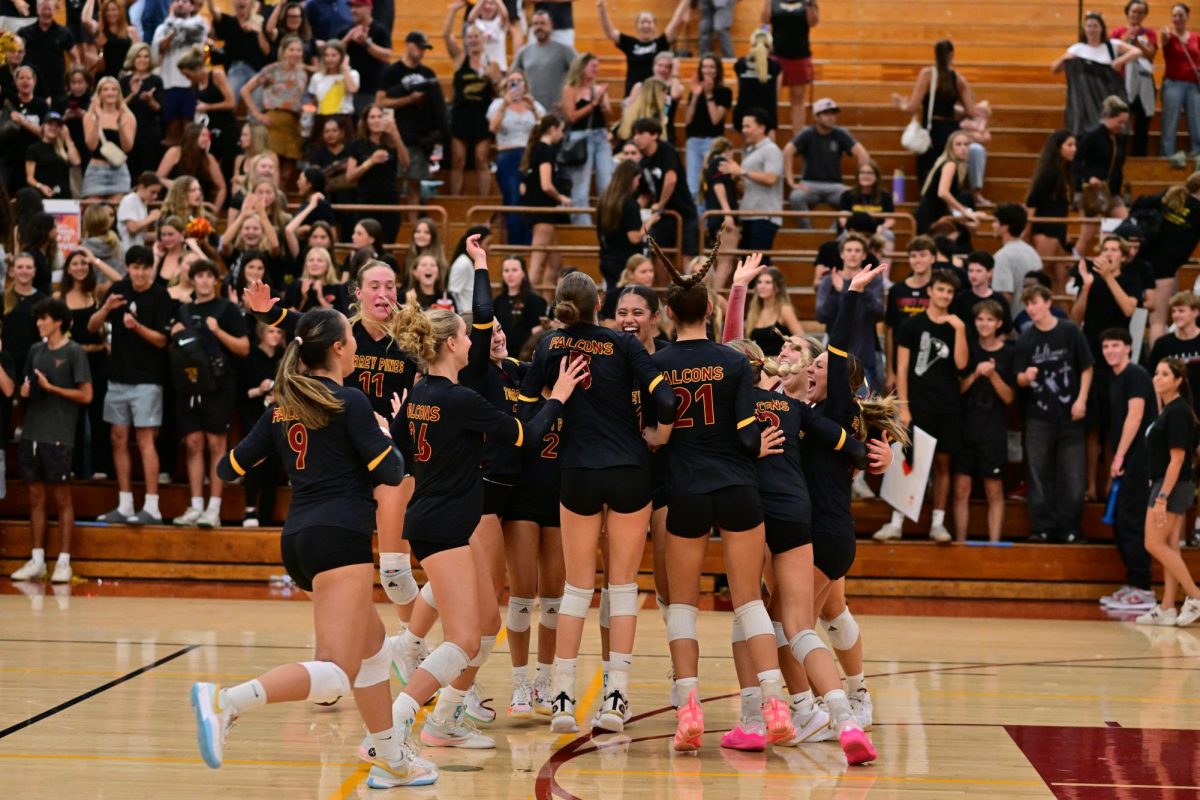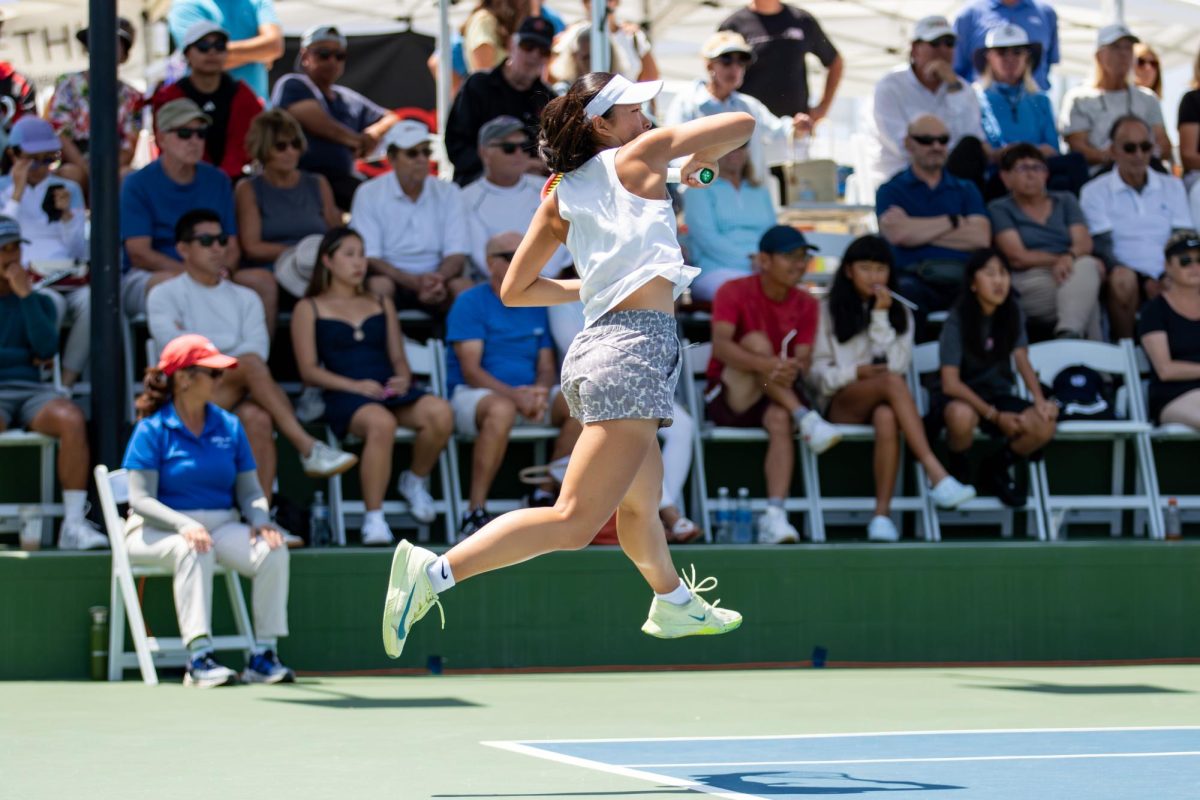Football is a battle — this much was clear to me even when I was young, and I watched a portion of a Super Bowl game. To be transparent, I am not much of a football fan myself, and I mostly watch the Super Bowl for the halftime show. When I do watch the game, I stare at the TV screen, confused, as players slam into each other, trying to push each other away from their “territory,” which, last I checked, is pretty much the point of a battle.
People in battle get injured. And so do football players. In an effort to limit the number of brain injuries, Guardian Caps have arisen as a solution for NFL players. Guardian Caps, according to ESPN, are “large, soft-shelled pads worn over football helmets, with the objective of reducing the risk of concussions and other head injuries during play.”
The reasons behind implementing this extra safety element is that there is a plenitude of data regarding football injuries, particularly to the brain. Just this past National Football League season (including preseason practices), there were 219 reported concussions, up six concussions from 2022, according to an NFL article. Concussions — mild traumatic brain injuries — affect brain function. Effects from concussions are generally short term: headaches, trouble with concentration, memory, balance, mood and sleep, as well as nausea, vomiting, blurry vision or even dizziness and “confusion,” according to the Mayo Clinic.
Many people make full recoveries from concussions. However, with repeated hits to the head or multiple concussions, something that is not altogether uncommon in American football, injuries can be much more serious (is anyone surprised?). According to NPR, which cited a study by the medical journal “JAMA Neurology,” one third of former NFL players self-reported in a survey that they “believe they have the degenerative brain disease known as chronic traumatic encephalopathy, or CTE.”
CTE is believed to be caused by repeated concussions or hits to the head. In the study of 1,980 participants, 681 former players responded that they believed they had CTE. That is 34% of the players surveyed, whose careers spanned from 1960 to 2020. In addition, 230 respondents said they had experienced suicidal thoughts and 176 said they had Alzheimer’s disease or another form of dementia. Symptoms of CTE include memory loss, confusion, impulse control issues, aggression, depression, suicidality and eventually progressive dementia, according to the Boston University.
The study focused solely on former players of Harvard University, revealing this does not even begin to cover the number of football players being affected by this form of brain trauma and, according to Boston University’s CTE Center, CTE can only be “definitively diagnosed after death.” Research is ongoing regarding CTE injuries among former football players — in one 2023 study in the article above, it was found that 345 of 376 former NFL players examined posthumously had CTE. In another study, “Nature Communications,” cited by the National Institutes of Health, 631 male brain donors who had played football were examined and 451 of them had evidence of CTE.
CTE is not necessarily associated with the amount of concussions a person has sustained, according to the NIH article. However, the article stated that each additional year of playing football led to a 15% higher chance of receiving a CTE diagnosis and that every 1,000 blows to the head (not necessarily 1,000 concussions) had 21% increased odds of being diagnosed with CTE.
Not all hope is lost, though. The NFL has found that using Guardian Caps can reduce the impact of head injuries. This extra padding can absorb at least 10% of the force of a hit. (Personally, I feel that there should be a safety invention that absorbs more than just 10% of the hit, but I’ll take what I can get).
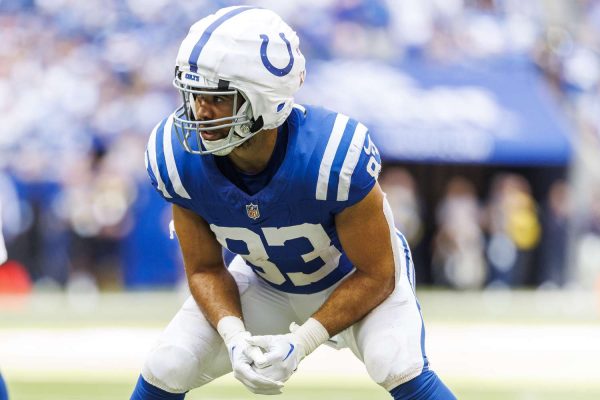
Guardian Caps have only been used in football practices since 2015 — but professional NFL football games have been occurring since 1920 without any additional protections such as the Guardian Cap, please make it make sense — but they have been upgraded many times since that first version, according to the ESPN article. The NFL began requiring the use of Guardian Caps for linemen and linebackers during practices beginning in 2023, according to Scripps News. This year, the NFL is allowing all players to wear Guardian NXT, the latest Guardian Cap created specifically for the NFL, if they choose. In the interest of keeping the players’ remaining brain cells, wearing these Guardian Caps would be a good decision.
Some players are choosing to take advantage of this new safety element. Josh Whyle, tight end for the Tennessee Titans, is one player who was seen wearing the Guardian NXT during week one, citing that he wants to prioritize his health. Tight end Kylen Granson, who plays for the Indiana Colts also wore one because he wanted to, “inspire kids to know that ‘health and safety are also cool,’” according to an Instagram post by Granson included in the Scripps News article above.
As someone who thinks that football is just plain unsafe, utilizing these Guardian Caps is certainly a step in the right direction. Hopefully, as the years pass, all players will begin to wear Guardian Caps. In an ideal world, the NFL would require them. The statistics and science all say the same thing: concussions and CTE are no laughing matter. If these athletes are truly as serious about their health as they claim, they need to utilize all the protections that they can get.


